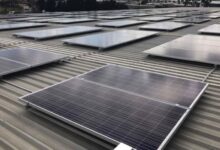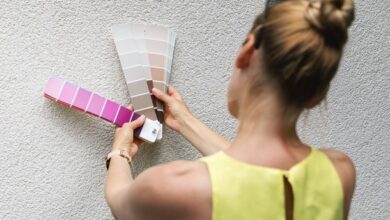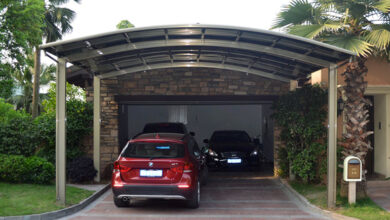
The 3 Energy Conversions that Occur in a Solar Power System
A solar power system gives you the remarkable ability to use sunlight to power your home. It might seem like magic, but in reality, it involves several complex energy conversions to turn that sunlight into usable power. What are those conversions, and how do they occur? Keep reading to learn more.
Conversion 1: Sunlight to DC
The first energy conversion that occurs is the actual conversion of sunlight into electricity. This happens in the solar panels that are mounted to the roof of your home. Each of those black squares comprises photovoltaic cells; these include two thin slices of silicon, one of which has a positive charge and a negative charge. This creates an electric field between the two layers of silicon.
The photons in sunlight knock electrons free from the atoms in the negatively charged slice of silicon. This results in a positive charge, pushing the electron out of the junction between the silicon. These electrons’ movement begins to create a charge that your home can use as power. Those electrons are collected by metal conductive plates and transferred to wires to flow as DC power to the next stage in the conversion process.
Conversion 2: DC to AC
You may not know about electricity because there are two different kinds: alternating current (AC) and direct current (DC). Direct current involves electricity flowing in one direction, like the electrons moving from the negatively charged silicon plate to the positively charged one. So, the power generated by your solar panels is DC power. However, most home appliances, electronics, and lighting fixtures use AC electricity, flowing in both directions.
In order for the DC power in your panels to be useful for you, it needs to be changed to AC electricity. This is done via a solar inverter, another central component to every solar power system. To put it simply, your inverter will receive the DC energy and rapidly change its direction back and forth until it is flowing in both directions. This converts it to AC power, passing on to your home.
Conversion 3: Battery Power to AC
This third type of conversion is optional, as not every solar power system utilizes batteries. Additionally, the conversion process is the same as described above—converting DC power to AC power. The reason it is being included here is that many solar users do not understand how battery power factors into the overall functionality of their solar power system.
Your battery bank is charged with DC power directly from the solar panels; a charge controller helps ensure that the solar panels do not overcharge the batteries. That energy is then stored until needed, at which point, your Outback Power inverter will draw DC power from the batteries, convert it to AC power, and send it on to your home.








